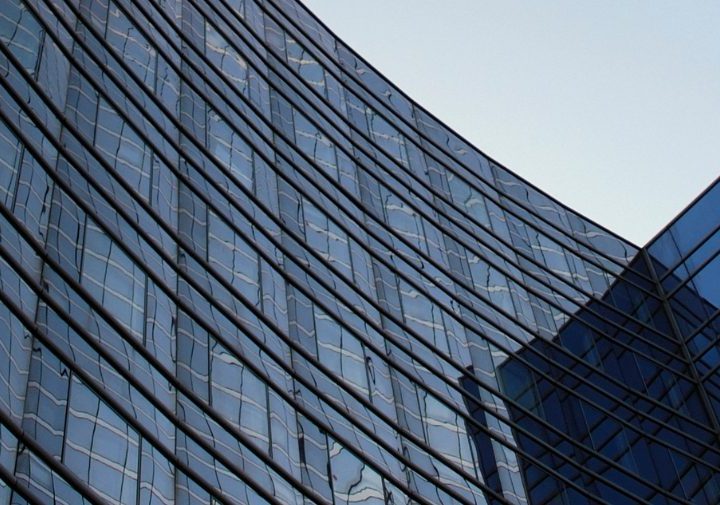If you are a tenant looking to take a new lease, perhaps for the first time, here is a list of some things you may want to consider…
- Break Clauses
You should have already agreed a term of lease that you are comfortable with; however, it’s important that you have a “Get Out” clause should you need one.
Break clauses are entirely standard and you shouldn’t have too much difficulty in agreeing one, provided everyone is being reasonable. The norm is to have one at the halfway point, or, in longer leases, more frequently – such as every third year. You should expect to serve the landlord with a minimum of 3 or 6 months’ notice and there will likely be some conditions attached to the break, such as that the rent is up to date and the property is returned with vacant possession.
Some leases also have a financial penalty for using a break clause, with the tenant having to pay a sum of money in order to utilise it. On the flip side, some tenants manage to agree a reward of a rent-free period commencing immediately after the break date if they remain in occupation.
- Inside or outside the 1954 Act
The Landlord and Tenant Act 1954 automatically grants commercial tenants a right to security of tenure when they lease a property. This mean that when their commercial lease comes to an end, they are automatically entitled to a renewal lease from the landlord (except in specific circumstances).
Some landlords prefer that their leases are drafted to be outside of the Act, meaning that the proposed tenant must give up this statutory right and accept that they will not be entitled to a renewal lease at the end of the term.
The preference for tenants is to, of course, be within the Act, however, a landlord can have sensible commercial reasons for requiring otherwise. It may be a condition of their lender that the leases are outside of the Act or they may want greater flexibility for the property should they come to sell in the future.
- Schedule of Condition
The majority of commercial leases pass on the obligation for the maintenance of the property, or at least the cost of it, to the tenant for the duration of the lease. The tenant will also be obliged to return the property to the landlord in a condition that allows it to be immediately let out on the open market at the end of the term.
By way of example, this means that if there is a damage to the roof, then unless the lease excludes it, the tenant must repair the roof at their cost. Furthermore, unless there is a schedule of condition agreed within the lease, it does not matter if the damage to the roof had occurred before the tenant took occupation.
It can therefore be useful for tenants to agree a schedule of condition to the lease which will mitigate their repair obligations. At its most basic, a schedule of condition is a photograph album showing the condition of the property at the start date of the lease. The tenant would then only be required to return the property in the same condition shown, meaning that repairs to existing damage would not need to be done.
- Rent deposit deed or Guarantor?
Many landlords require additional security to a lease, particularly from a new tenant who doesn’t have a proven record of trading.
In providing a rent deposit deed, the tenant will have to put up a sum of money – usually 3- or 6-months’ rent – upfront, at the start of the lease. This will be held by the landlord until the lease ends and can be dipped into for missed rent payments or dilapidations. This may of course be a significant financial outlay for the tenant.
By appointing a guarantor to the lease, there is no initial outlay of funds for the tenant however the guarantor has to assume liability for the lease if the tenant does not meet their obligations and could be called upon to meet the rent demands for the duration.
If you need legal assistance relating to matters involving a commercial lease, whether as a tenant or a landlord, our commercial property specialists are on hand to help. Get in touch by email, call 0845 287 0939, or use the online chat below.








